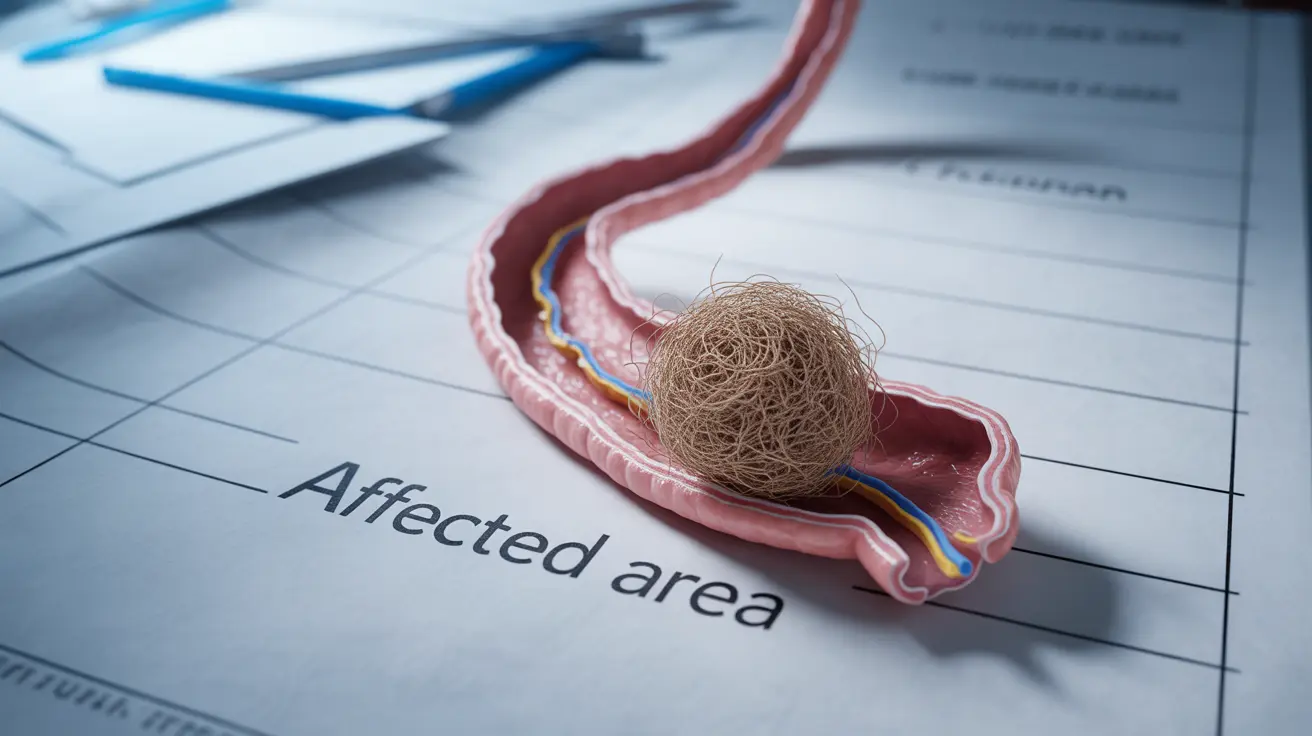Hair eating, medically known as trichophagia, is a serious condition where individuals compulsively consume their own hair. This behavior often occurs alongside trichotillomania, a mental health disorder characterized by the urge to pull out one's hair. When left untreated, hair eating can lead to severe medical complications, including the formation of dangerous hairballs in the digestive system.
Understanding this condition is crucial for early intervention and proper treatment. This article explores the causes, symptoms, health risks, and available treatment options for those affected by hair eating behavior.
Understanding Trichophagia and Its Connection to Mental Health
Hair eating disorder typically develops as part of a complex pattern of mental health challenges. Most individuals who engage in hair eating also experience trichotillomania, creating a cycle of hair pulling and consumption that can be difficult to break without professional help.
Common psychological factors that contribute to hair eating include:
- Anxiety and stress
- Obsessive-compulsive tendencies
- Depression
- Trauma or emotional distress
- Body-focused repetitive behaviors
Signs and Symptoms of Hair Eating
Recognizing the signs of hair eating disorder is essential for early intervention. Physical and behavioral symptoms may include:
Physical Symptoms
- Noticeable hair loss or bald patches
- Digestive discomfort or pain
- Nausea and decreased appetite
- Unexplained weight loss
- Constipation or bowel obstruction
Behavioral Indicators
- Frequent hair pulling
- Eating hair in secret
- Denial or shame about the behavior
- Social isolation
- Anxiety about meals or eating
Health Complications and Risks
Chronic hair eating can lead to serious medical complications, particularly the formation of trichobezoars (hairballs) in the digestive tract. These masses can cause:
- Severe abdominal pain
- Intestinal blockage
- Malnutrition
- Perforation of the digestive tract
- Life-threatening complications if left untreated
Diagnosis and Treatment Approaches
Healthcare providers use various methods to diagnose and treat hair eating disorder:
Diagnostic Methods
- Physical examination
- Imaging studies (CT scans, ultrasound)
- Psychological evaluation
- Medical history review
Treatment Options
Treatment typically involves a comprehensive approach addressing both physical and mental health aspects:
- Surgical removal of hairballs when necessary
- Cognitive behavioral therapy
- Medication for underlying mental health conditions
- Support groups and counseling
- Regular monitoring and follow-up care
Prevention and Management Strategies
Managing hair eating behavior requires a multi-faceted approach focused on both prevention and ongoing support:
- Regular mental health check-ups
- Stress management techniques
- Alternative coping mechanisms
- Family support and education
- Professional counseling
Frequently Asked Questions
What are the common signs and symptoms of Rapunzel syndrome caused by eating hair? The primary signs include abdominal pain, nausea, decreased appetite, and visible hair loss. Patients may experience weight loss, constipation, and severe stomach discomfort due to hairball formation.
How is Rapunzel syndrome diagnosed and treated when hairballs form in the stomach? Diagnosis typically involves imaging studies like CT scans or ultrasounds to identify hairballs. Treatment often requires surgical removal of the hairball, followed by psychological intervention to address the underlying behavior.
What causes people to compulsively eat their own hair, and how is it related to trichotillomania? Hair eating often stems from underlying mental health conditions, particularly anxiety and obsessive-compulsive behaviors. It frequently occurs alongside trichotillomania, where individuals feel compelled to pull out their hair before consuming it.
What serious health risks can result from swallowing hair over time? Chronic hair consumption can lead to dangerous hairball formation, intestinal blockage, malnutrition, and potentially life-threatening complications if left untreated. The condition may require emergency surgery in severe cases.
How can someone prevent or manage hair-eating behavior linked to mental health conditions? Prevention and management involve regular mental health treatment, cognitive behavioral therapy, stress management techniques, and possibly medication. Support groups and family involvement are also crucial for long-term success.




